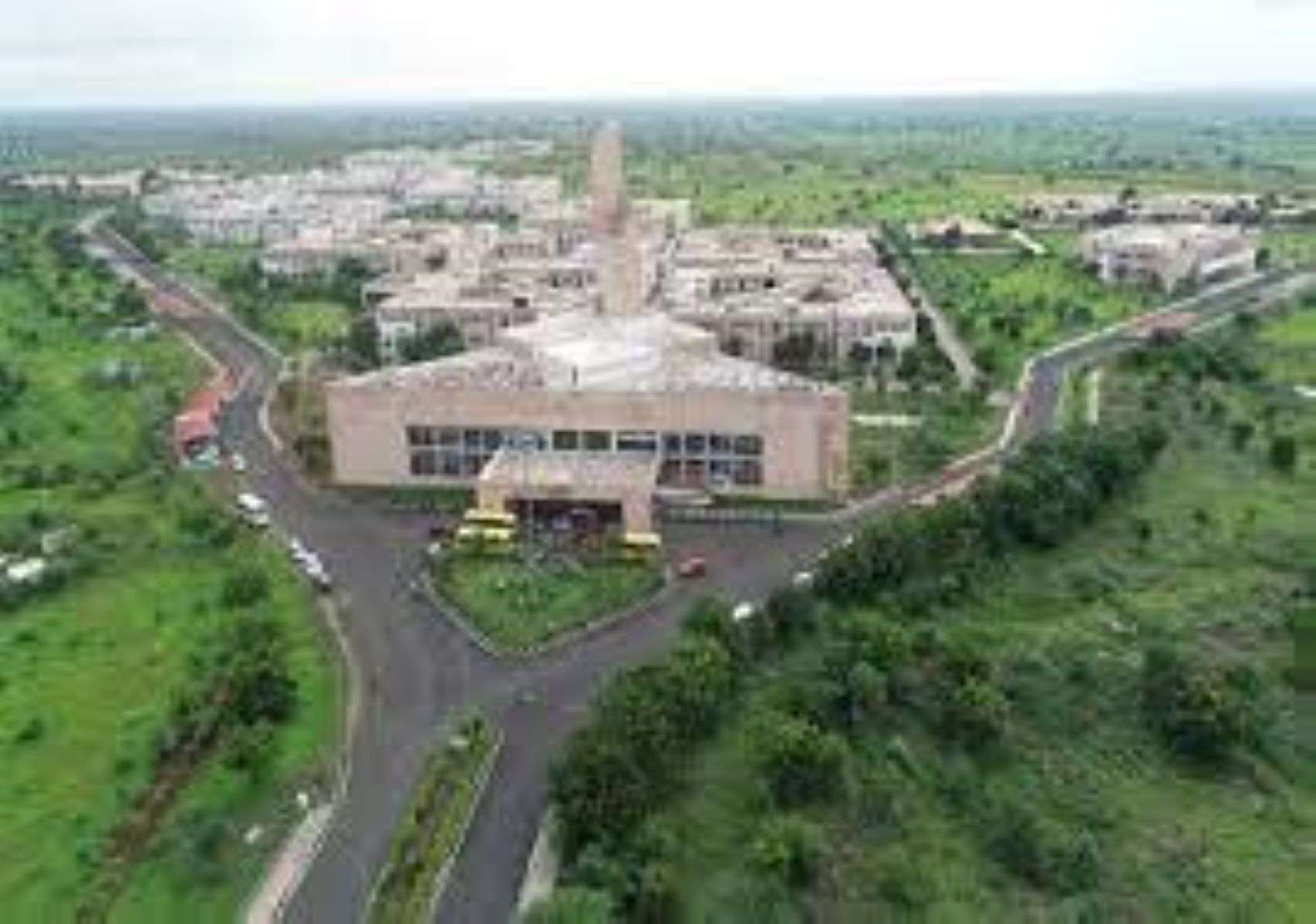India’s overall unemployment rate hit a nine-week high in the week ending August 16. The scenario is consistent with economists’ assessment that the previous decline was due to an increase in agricultural activities and, therefore, of a temporary nature.
- The national unemployment rate fell to 9.1% in the week ending August 16 from 8.67% in the week of August 9, according to recent data from the Center for Monitoring the Indian Economy (CMIE).
- This is a nine-week high and the week ending June 14 saw more than that unemployment rate. That is even higher than the overall monthly unemployment rate for July (7.43%) and even the monthly unemployment rate recorded before the COVID-19 outbreak in the country, according to CMIE data.
- The rural unemployment rate rose to 8.86% the week of August 16 from 8.37% the previous week. It’s also a nine-week high from the week ending June 14, when the unemployment rate was 10.96%.
- The lowest rural unemployment rate in recent times was recorded during the week ending July 12. Then the summer harvest was in full swing across the country and the area was much larger than last year.
- Likewise, the urban unemployment rate was recorded at 9.61% the week ending August 16, compared to 9.31% the previous week. Urban unemployment has recovered for the second week in a row and experts estimate that urban unemployment will continue to be high in the short and medium term.
- The recent global pandemic has completely changed companies, industries, the way we operate and also our way of life. In the last 3 months of total foreclosure in India, many industries have witnessed total disruption, while others have seen business growth.

The initial phase of the pandemic
- According to CMIE; 27 million young people between the ages of 20 and 30 lost their jobs in April 2020. The sectors that have suffered huge job losses due to the pandemic are hospitality, travel and construction. Companies have laid off their employees, some organizations have been granted long-term unpaid leave (Lwp), permanent employees have been transferred to the corporate world by contract, and have had to deal with unforeseen and unwanted leave.
- In April, there was a notable drop in hiring activity. The drop in hiring is driven by sectors such as hospitality / travel / airlines (-91%), automotive / auxiliary services (-82%), retail (-77%) and accounting / finance (-70%).
- The job market in cities and in various industries saw a double-digit drop in hiring. The decline was led by metropolitan areas where Delhi fell 70%, followed by Chennai (-62%), Calcutta (-60%) and Mumbai (-60%), according to the study.
- Desperate people, families facing survival problems, even many experienced employees were laid off by companies, employees were doing everything they could to save their jobs every day.
In the unlock phase
- India’s overall unemployment rate in July fell to pre-COVID-19 levels, indicating the employment crisis in the past three months as the country was in deep shutdown, was significantly attenuated.
- Recent CMIE studies have shown that the overall unemployment rate in July fell to 7.43% from 10.99% in June. That figure was lower than in March, when the country’s overall unemployment rate was 8.75%.
- Leisure and hospitality accounted for about 1/3 of all non-farm jobs added in July. In the sector, food services created 502,000 jobs, bringing the number of jobs to 3.4 million in the last 3 months.
- The government added 301,000 jobs in July. Local education created 215,000 jobs and public education increased the number of jobs by 30,000.
- According to the latest CMIE report; the increase of 21 million jobs in May translates into a 7.5% increase in jobs since April. Occasional jobs for merchants and employees increased 39%. Employer jobs increased 9.3% in May. Of the 18.2 million contractor jobs lost in April, 5.5 million were recovered.
Jobs in the New Normal
We’ve all witnessed a digital transformation due to the recent outage. Digitization has led to a notable change in the requirements of certain skills and job profiles. People who have the right skills to enter these aforementioned industries can have many job opportunities. These are the five main areas;
- Medical and Healthcare services,
- Information Technology sector
- E-commerce Sector,
- Telecommunication,
- OTT Entertainment Platforms.











More Stories
Registration for CLAT 2025 begins today; last date October 15
CLAT 2025 registration will begin on July 15
Delhi University 5 Year Law Programs Registration Begins